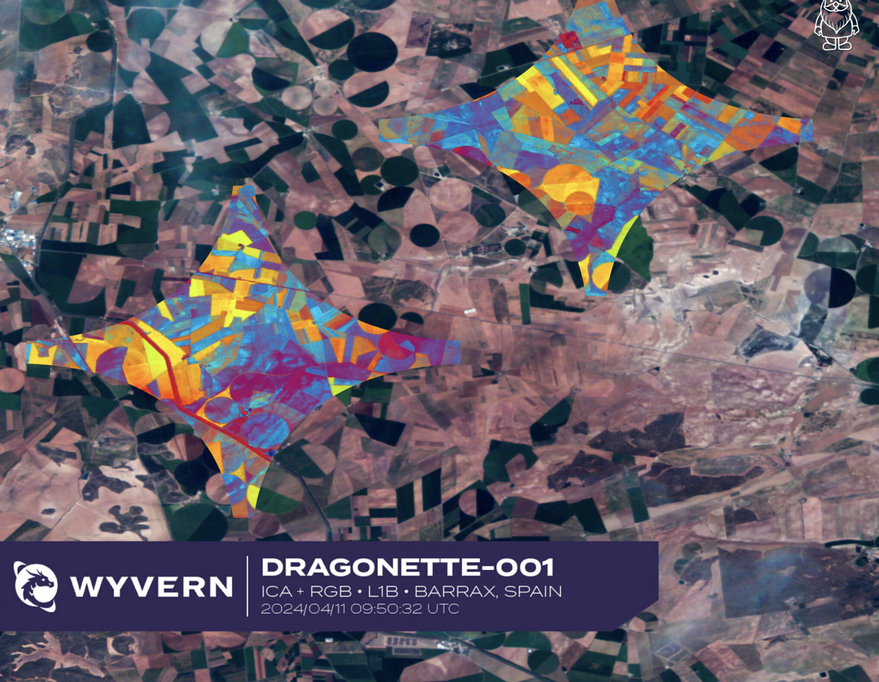
PARIS – A significant challenge for hyperspectral satellite operators is alerting potential customers to promising applications, according to speakers at the Summit on Earth Observation Business here.
Hyperspectral datasets can reveal atmospheric greenhouse gases, identify stores of lithium and other high-value minerals, measure nitrogen in agricultural fields, and pinpoint the telltale signs of biological, nuclear and chemical weapons. But few people know anything about hyperspectral imaging.
“It’s quite an exotic thing,” Jarkko Antila, CEO of Finnish startup Kuva Space, said Sept. 18. “Approximately zero percent of my population knows about it, which limits the number of customers.”
To help the market mature, hyperspectral startups are offering training online, working directly with customers to demonstrate potential use cases and employing artificial intelligence to simplify queries of hyperspectral data cubes.
Pixxel Space Technologies of India, for example, is conducting pilot studies with data drawn from its six-satellite Firefly constellation.
“Capacity far exceeds the amount of data we are able to share,” said Awais Ahmed, Pixxel CEO and co-founder. In spite of strong customer interest, it’s taking time for Pixxel to identify the “killer insights” that hyperspectral data provides that aren’t possible with multispectral or synthetic aperture radar data.
Some of Wyvern of Canada’s customers are experimenting with hyperspectral data. Others are building commercial models to ingest data.
“We’ve seen that across a number of commercial industries,” said Chris Robson, Wyvern CEO and co-founder. Still, it will take time for the market to grow because “the subjects we’re looking at are very complex,” he added.
Companies also are employing AI to help customers work with hyperspectral datasets.
For instance Pixxel trains AI algorithms on its data and provides a chat-based interface for querying data on its Aurora platform. A customer could ask, for example, “What am I looking at here? How do I make sense of this hyperspectral data?” Ahmed said.
Educating customers is less of a problem for Absolut Sensing, a French startup focused on methane-emissions monitoring. With its first satellite built by NanoAvionics launched in January, Absolut Sensing is validating the performance of its hyperspectral sensor and data-processing architecture.
“There is a market that exists for detecting methane emissions,” said Tristan Laurent, Absolut Sensing CEO and co-founder. “There is an element of operational loss because for oil and gas companies, methane up accounts for anywhere from 1.4 to 1.7 percent of profit down every year.” And while 1.4 to 1.7 percent may not sound impressive, given the size of the oil and gas market, it’s “actually a lot of money,” he added.



